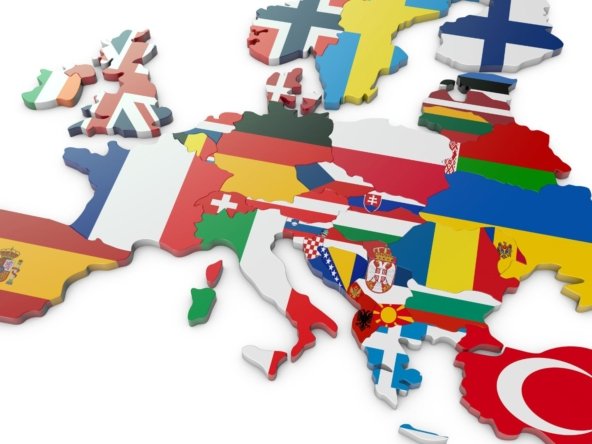Moving to a new country isn’t just about logistics – it’s about rebuilding life from scratch. One of the most powerful factors in making this transition smoother? Feeling part of a community. Whether you’re a student, worker, or refugee, being connected to your local surroundings can shape your entire experience abroad. Recent research supports what many have long felt: community integration is vital for personal well-being, economic stability, and social harmony.
1. Community Participation Builds Belonging
A 2023 review published in Cities revealed that migrants who actively engage in local community activities – whether through local groups, events, or neighborhood initiatives – experience deeper social integration and improved well-being¹. These interactions help newcomers build networks, learn the local culture, and feel accepted.
Integration doesn’t happen in isolation. It happens when people show up – and are welcomed – in the everyday moments of community life.
2. Volunteering: A Two-Way Street
A 2025 study in Migration Studies found that volunteering is a particularly powerful way for migrants to connect². It not only helps them contribute meaningfully to their new society, but also fosters a sense of purpose and belonging. Importantly, it creates bridges between communities and challenges stereotypes, promoting mutual respect.
The takeaway? Giving back is often the fastest path to feeling included.
3. Public Spaces Create a Sense of Home
The Center for Migration Studies emphasizes that inclusive public spaces – parks, libraries, community centers – are not just amenities, but essential spaces for migrants to connect and grow³. These “third places” offer safety, shared experience, and a chance for natural, everyday interaction.
Designing cities and towns with community in mind isn’t just about aesthetics – it’s about belonging.
4. Migrants Leading Local Change
In 2024, a unique initiative in Islington, London, allowed migrants and refugees to take part in deciding how community funds were spent. The result? A greater sense of agency and ownership over their new environment⁴. Instead of being passive recipients of services, these individuals became active participants shaping the future of their neighborhood.
This approach doesn’t just benefit newcomers – it revitalizes communities through fresh perspectives and inclusive governance.
Final Thoughts
Integration is more than checking boxes on paperwork. It’s about relationships, opportunities, and the simple human desire to belong. The more we prioritize inclusion at the local level – through participation, volunteering, public space, and shared leadership – the more resilient and vibrant our communities become.
If you’re new to a country, take the first step into your local world. And if you’ve been rooted for a while, don’t underestimate the power of saying, “Welcome.”
Sources:
- Cities Journal, “Understanding Urban Migrant Integration Through Community Participation: A Scoping Review” (October 2023). Link
- Migration Studies, “Volunteering, Social Capital, and Migrant Integration” (March 2025). Link
- Center for Migration Studies, “Placemaking and Public Space in Migrant and Refugee Resettlement” (2024). Link
- The Guardian & Islington Council Report, “Empowering Migrant and Refugee Families through Local Decision-Making” (October 2024). Link




